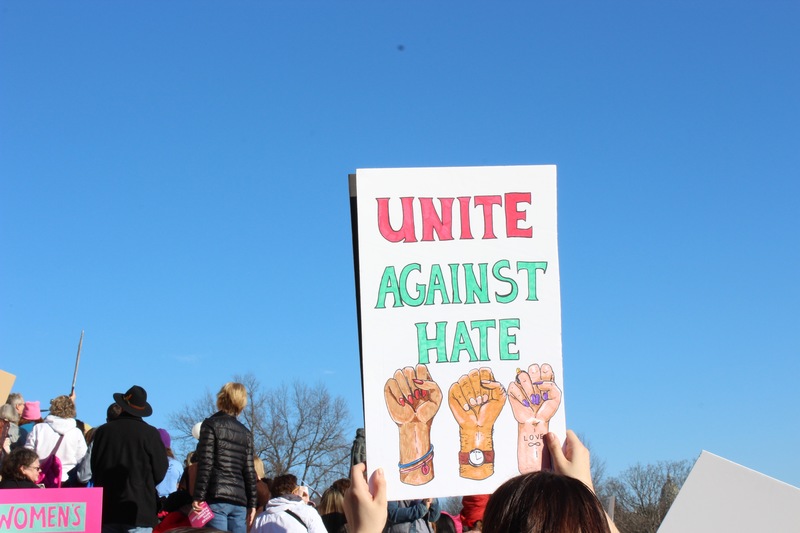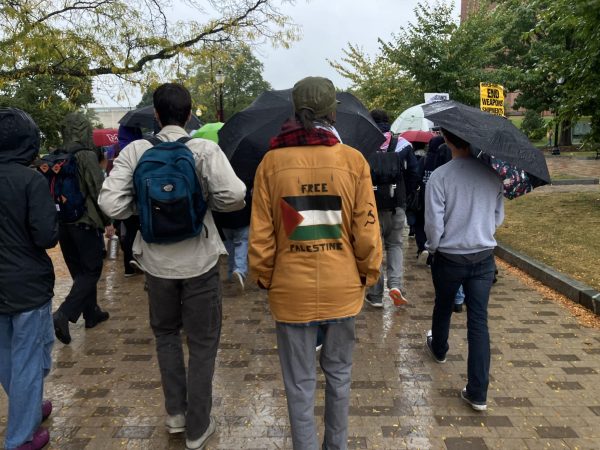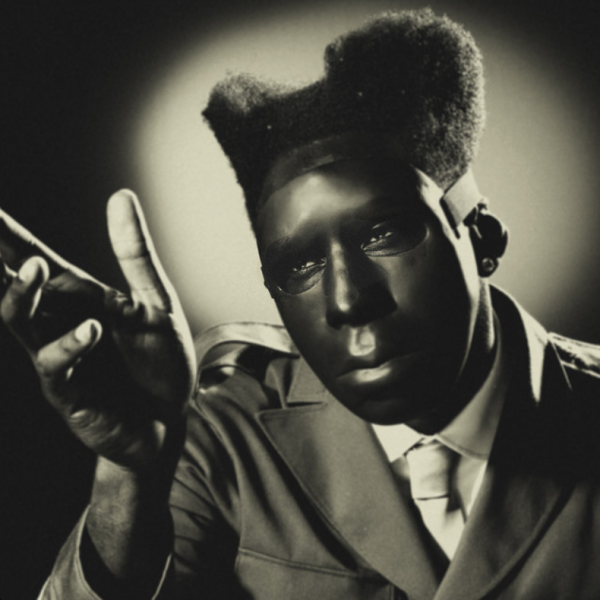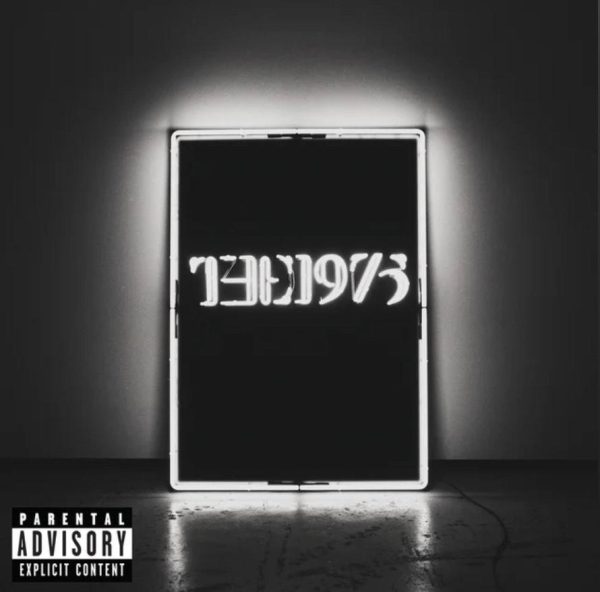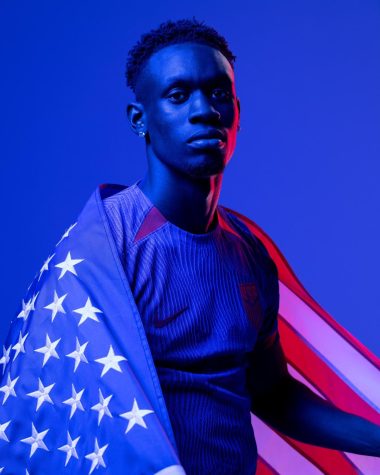The Women’s March on Washington is a call for unity
Most people are by now familiar with the musical “Hamilton” enough that its iconic lines found their way across a handful of signs at the Women’s March in Washington, D.C. earlier this month.
This would be otherwise unremarkable — if not for a campaign by the Treasury Department. Massive banners were hung from the Treasury building, promoting the next series of dollar bills, including the $10 bill, which features Alexander Hamilton.
After protesters broke from their route last Saturday, one protester happened to follow the D.C. street running alongside these banners, with a child on their shoulders raising a “Hamilton”-inspired sign.
A young soul carried Lin-Manuel Miranda’s quintessential “Hamilton” lyric: “History has its eyes on you.”
Under the watchful eyes of Hamilton himself, it was the kind of moment that you’d normally think had a good chance of being made up, because real life doesn’t unfold that poetically.
The entire Women’s March on Washington carried the same sentiment.
Demonstrators stood through a rally without sound when over a million people showed up. The crowd far outstretched the speaker’s range, and filled the entire space they were supposed to march through.
The neighborhood was overtaken in countless smaller marches to the White House. Protesters flooded through every tiny side street available. No destruction of property was reported, arrests clocked in at zero and protesters made best friends with law enforcement officials.
The success didn’t end there. Sister demonstrations sprung up in hundreds of places across the country, where they pulled turnout significantly above estimations. Global solidarity with the marchers emerged as well. While most international sister marches were in Europe, every continent participated. (Yes, even Antarctica.) Their message clearly resonates with people.
And yet, the movement has been facing criticism from a couple places on the political spectrum. It comes largely from fringe on either side. What they lack in political variety, they make up for in vehemence of protest.
The heat from the right is to be expected. Many critics of the march are supporters of President Donald Trump and his alt-right friends. Their problems with the march manifest in demanding surrender from those who oppose Trump post-election, followed by shaming protesters for their dissent with words like “unpatriotic.”
Aside from the First Amendment’s protection of the right to dissent making these accusations shaky at best, it’s important to put these comments in the context of the responses coming from the right eight years ago. They, too, held protests against their new president, namely through violent attacks on his supporters, burning effigies of him and hanging his puppets from nooses. The Women’s Marches remained nonviolent. While Trump certainly faces his own brand of mockery, that mockery is based on his privilege rather than his disenfranchisement. This makes the criticism from the right nearly impossible to address effectively.
The criticism from the left, however, can be seen as more complicated — and worth addressing. It comes most notably from women of color feeling excluded from the march. After all, it was founded by a white woman. The initial name, “Million Women March,” could be taken as a robbery of previous demonstrations held by people of color.
At first, the hostility was understandable.
As time went on, the march evolved. These concerns were addressed deliberately. The name was changed. The founder brought in three women to help her create the march, all battle-tested activists representing different issues, none of whom were white. The march leadership rejected pro-life organizations like New Wave Feminists, reeking of white feminism, And Then There Were None, with a staff page solely of white people.
Leftist resistance wouldn’t budge.
Protesters were invited across political lines, which meant more conservative stances were also present. Although there were differences in race, privilege and gender present, I believe the importance of this march is that it serves as a learning opportunity.
Finally, those who feel like they’ve been failed by the Democratic party, and anyone else who wishes to stand united against the alt-right, can come together.
There can be a space where individuals of all races can see a crowd of peers chanting “Black Lives Matter.” Where individuals of all sexual orientations can see political friends with signs reading, “Love is love is love.” Where all privileged people can see all of the pain and resilience of those who are oppressed.
And while the march must say no to ideologies promoting violence against anyone, especially minorities, it cannot say no to those who may find themselves inadvertently complacent with that violence. It has to say yes to those people, and it did. It began the process of making allies instead of enemies.
Activism is messy. There’s no easy way to do it, no way in which people’s feelings aren’t hurt — even if those hurt feelings are valid. But the diversity of the people who marched is a strength, not a weakness. Not only does it show the undeniably tremendous scope of objection to President Trump, but it gives all marginalized groups the chance to educate in a positive and constructive setting. We get to start with what we have in common, not where we disagree.
This is exactly why the march was so successful, and why those who opposed it from the left must hold their breath and support it now. This is how we start to build the bridges that transform complacency into resistance, the true way to fight back against Trump. That foundation cannot be abandoned. The sooner those who reject it realize this, the better.
Email Emilia at [email protected].

